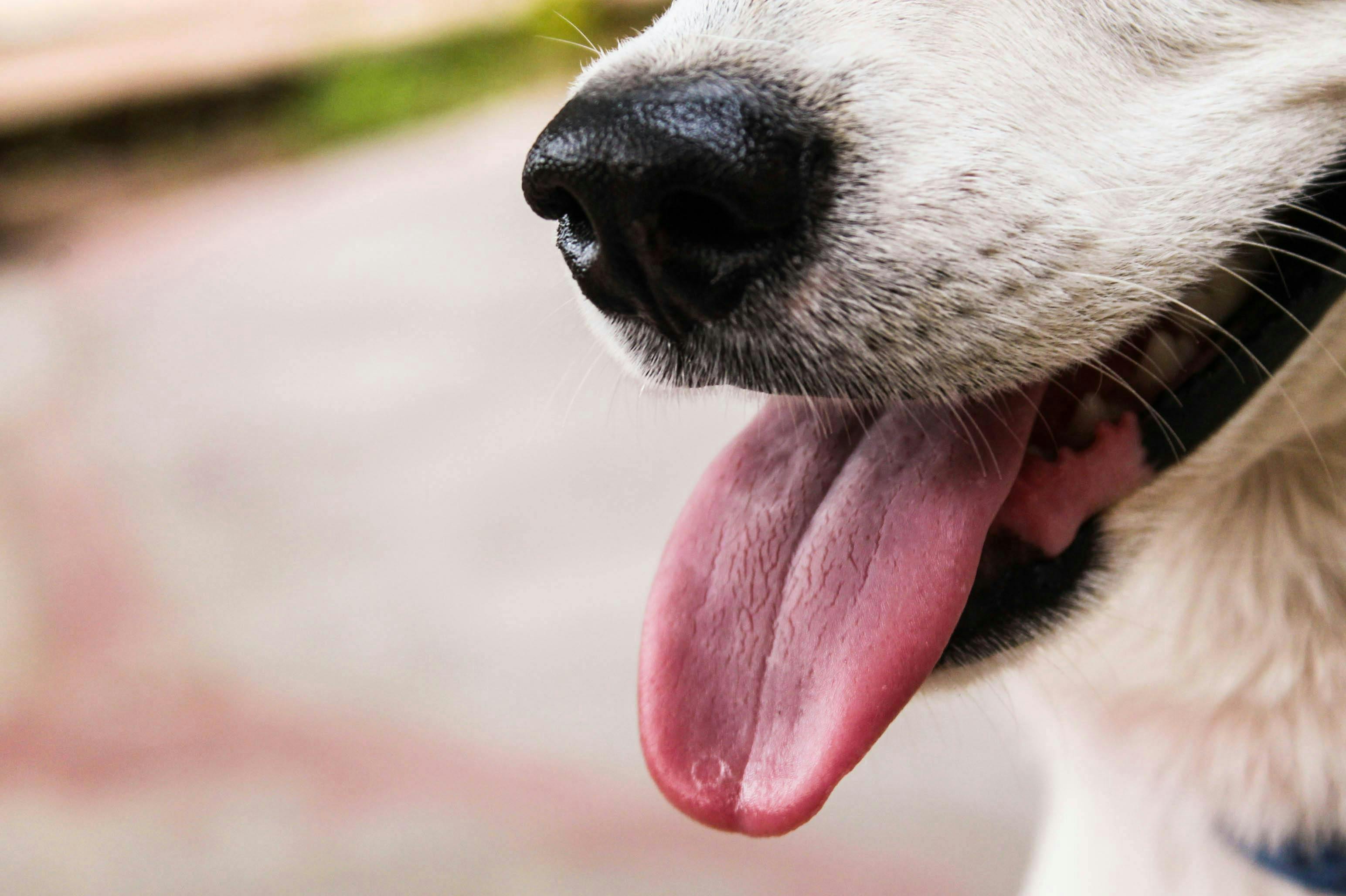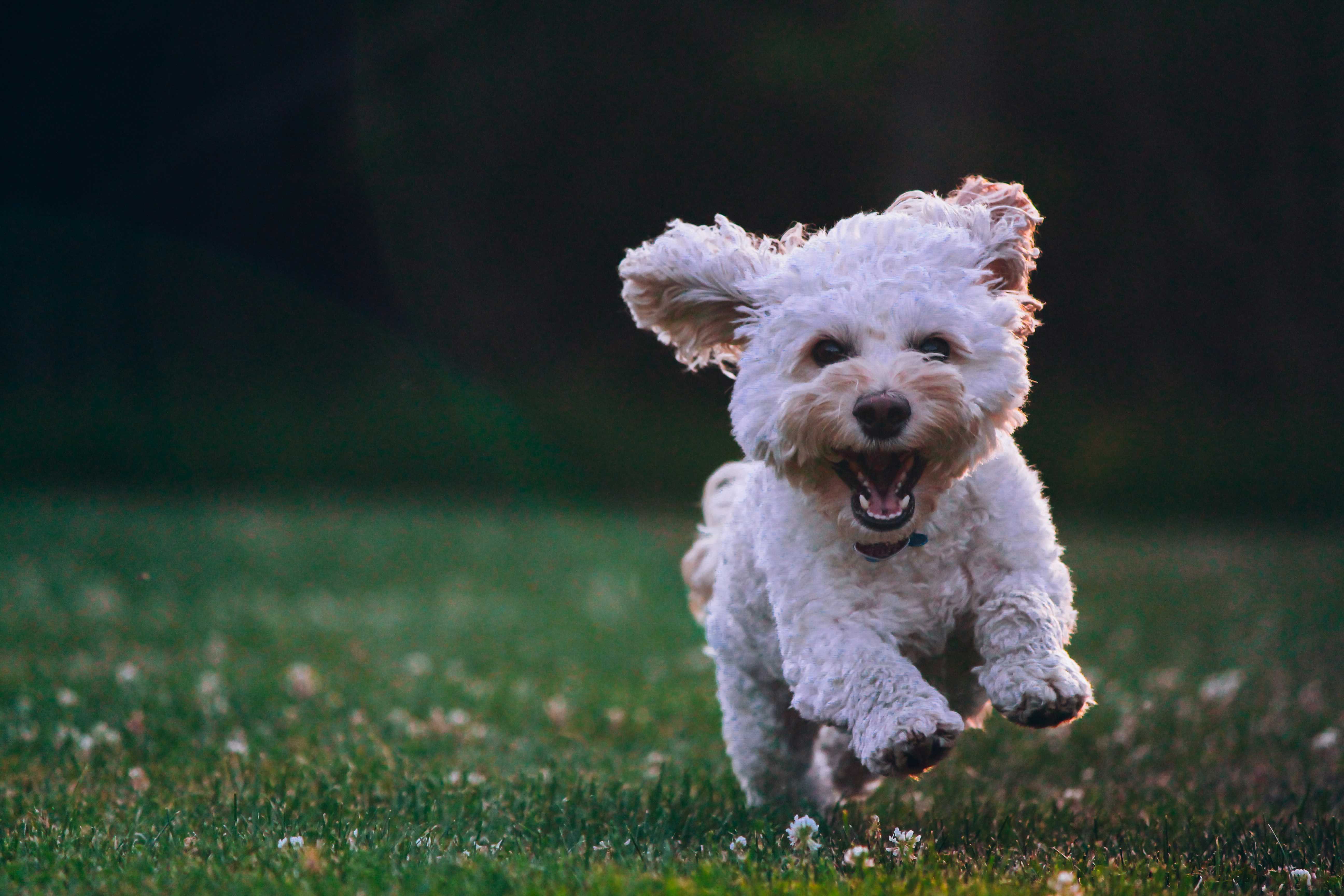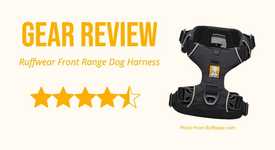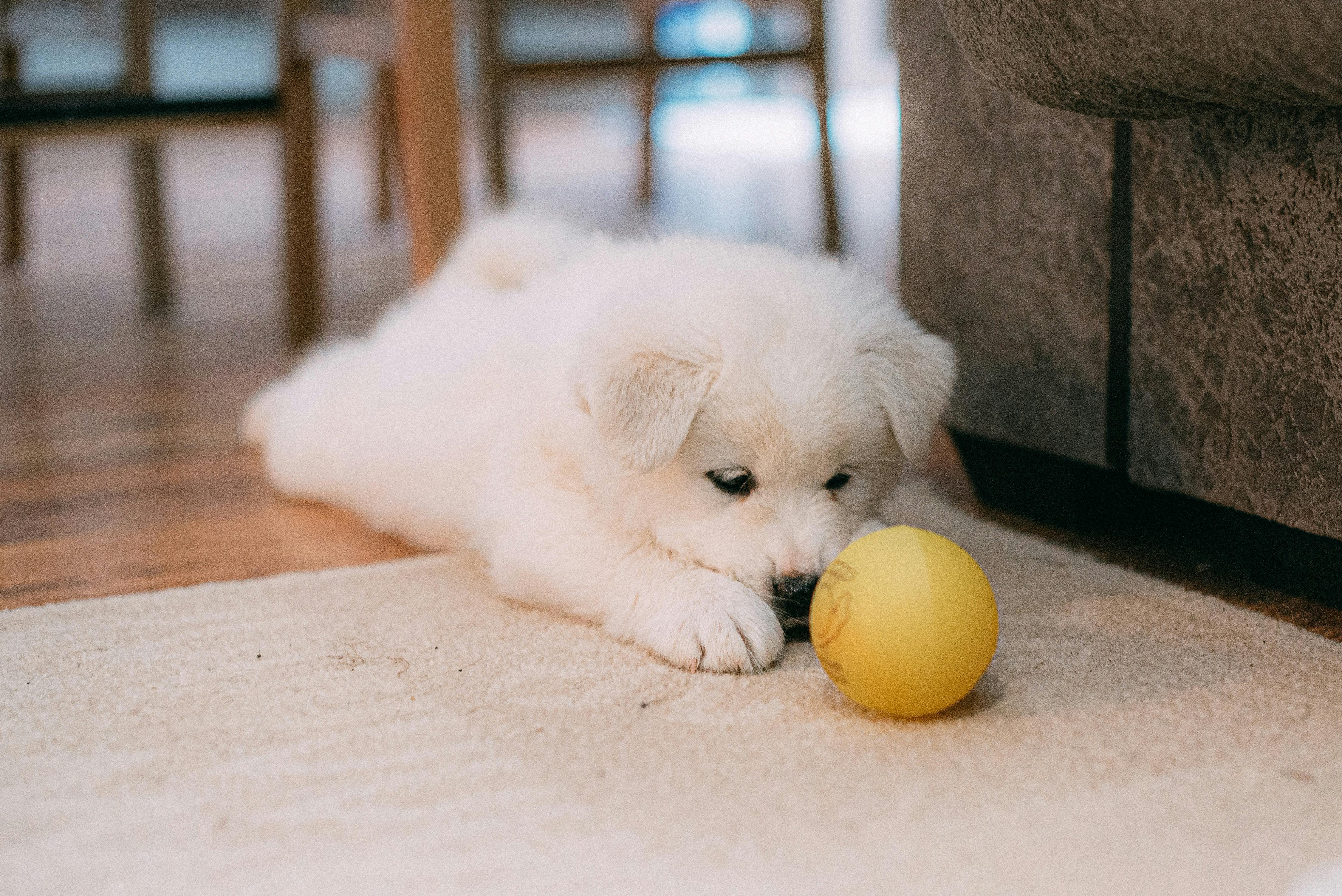How and Why to Train Your Dog to Take a Breath
Training Tips | By: TAYLOR WYLLIE, KPA CTP | Mar 13, 2025


Unlock 10 Expert Puppy Training Tips!
Sign up with your email and receive a free video guide to transform your puppy into a well-behaved companion
You’ve probably heard that taking deep breaths can help you calm down. Nervous flyer? Deep breaths. Performance review at work? Deeeep breaths. Your favorite couple on Love is Blind getting into a massive fight? Deeeeeeep breaths.
As with humans, deep breaths can calm down our canine friends.
Unfortunately, we can’t simply tell our dogs to inhale to a count of three, but, as impossible as it sounds, we can train them to take a big breath on cue.
I learned about this training technique from Leslie McDevitt’s Control Unleashed: Creating a Focused and Confident Dog. I highly recommend any reactive dog guardian out there read the book. It's chock-full of useful information and training tips.
Why Teach "Take a Breath"?
This exercise has two main purposes:
- It prompts your dog to answer a simple, yet important question: "Are you okay enough to take a breath right now?" If they’re unable to take a breath in a particular situation, it’s a sign that they might be too stressed, overwhelmed, or excited. (A subtle indicator that they’re reaching their threshold.) This is an opportunity to assess the situation and possibly remove them from it, giving them space to calm down.
- Just as we take a deep breath to calm ourselves when we’re nervous or excited, this exercise encourages your dog to do the same. It helps them learn to regulate their emotions and gives them a way to cope with stressful situations.
I’ve found that asking your dog to take a breath works best when combined with other relaxation exercises. On its own, it’s not always super effective—at least not for my reactive dog, Scott. I usually pair it with him laying down, sometimes on a mat, and find it works better than just having him lie down alone.
That said, with some shelter dogs, I’ve found it can really help bring their excitement down to a more manageable level without any other exercises.
How to Teach Your Dog to Take a Breath
The trickiest part of teaching your dog to take a breath is being able to see when they take a breath. It looks different across breeds, which makes it difficult to explain, but across the board pay close attention to your dog’s nostrils. You’ll see them slightly poof out. This may look very slight at the beginning of this process.
Also pay close attention to your dog's jaw. It'll close as they take a breath, which will be more noticeable if their mouth was open panting or barking.
If you're unsure, I recommend watching the video at the top of this post to see what it looks like on my dog.
With that said, let’s get started on training!
- Your dog has to take a deep breath in order to sniff, so we’re going to start there. Hold a tasty, smelly treat where your dog can catch a whiff of it. As your dog smells the treat, you’ll notice a very subtle reaction—a nostril flare or even a little puff from the sides of their nostrils. As soon as you see that nostril flare, reward your dog with the treat. Do not use a marker here—the word yes or the click of a clicker—because you might accidentally reinforce a different behavior like an ear flick.
- Once your dog consistently sniffs the treat up close, slowly move the treat farther away from your dog. Each time they show that nostril flare or any other sign of taking a breath, reward them with that treat you're holding out.
- Once your dog seems to be taking breaths whenever you hold up the treat, you can add a cue to the exercise. Tap your finger on your nose, hold out the treat, and when your dog responds, reward them. This gesture will help them associate the act of taking a breath with the cue of tapping your nose. (You could do a verbal cue instead by saying something like “deep breath” instead of tapping your nose.)
- Slowly fade out holding up the treat.
Voilà, now your dog will take a breath on cue.
Tips for Success
- No Need for Clickers or Verbal Markers: You don’t need a clicker or verbal markers for this exercise. As I mentioned earlier, using a marker may accidentally reinforce a different behavior.
- Patience is Key: At first, it may be hard to spot your dog taking a breath, and that’s totally okay! With practice, you’ll get better at noticing the subtle signs that your dog is relaxing. Your dog will also get better at breathing in a more pronounced way.
- Stay Calm Yourself: While you’re doing this exercise, remember to stay calm. Dogs are in tune with our emotions, and if you’re relaxed, your dog will likely follow suit. You might even want to try taking a deep breath yourself—it’s a great way to model the behavior you want to see in your dog and you get to experience the benefits yourself.
Conclusion
Teaching your dog to take a breath might sound impossible, but it’s a simple and effective way to help you measure their stress levels and help them calm down. Plus, it's pretty cool to be able to brag to your friends that you taught your dog to breathe on cue.
Happy Training!









